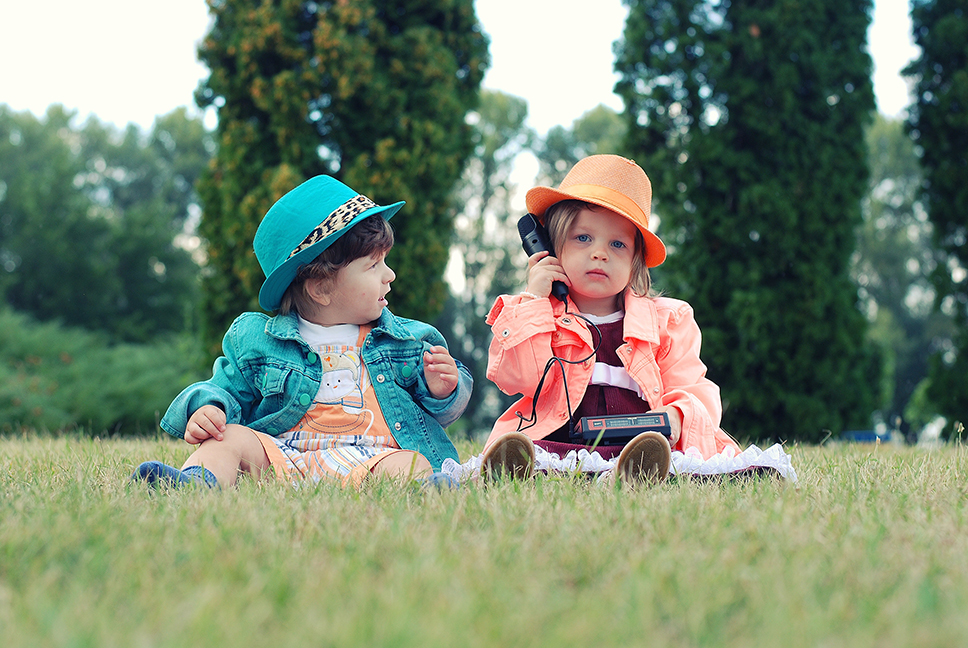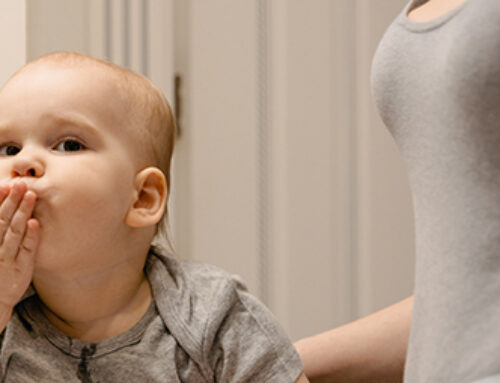Core vocabulary words are a smaller number of high frequency, descriptive words that can be used in a variety of situations with various communication partners. They make up 75-80% of the words we use every day and are required when making sentences. They also happen to be words that are more challenging to visualize, such as the pronoun ‘I,’ article ‘the,’ and the verbs ‘play’ and ‘like.’ You can create sentences using only core vocabulary words, such as ‘I like to play.’ What is so great about core vocabulary words is that because they are applicable to a large variety of topics, they allow children to more readily communicate their wants and needs, which supports decreased moments of frustration.

Fringe vocabulary, on the other hand, are words that are more specific to a given situation and are repeated with much lower frequency. There are a very large number of fringe vocabulary words, however, they occur much less frequently in spontaneous speech. Fringe vocabulary words cannot be used across a variety of contexts, resulting in a lack of versatility. They are applicable to limited topics, and can’t independently create sentences. Fringe vocabulary words are often those that are easier to visualize, such as proper names and nouns (i.e., ‘car,’ ‘orange,’ and ‘chair’).

Using core vocabulary words has many benefits. Approximately 80% of what we say is communicated using 200 words, all of which are core words. Teaching these words allows our children to speak about a variety of topics in a variety of contexts – allowing for flexibility across settings and communication partners. By speaking using only nouns, which tend to be fringe vocabulary words, a child’s communication partner will often have difficulty fully understanding the child’s message. Additionally, using only fringe vocabulary will not help to support the child in developing the various communication functions, such as greeting, commenting, and requesting. With core vocabulary words, even if a child does not know the noun, they can still initiate some type of communication through the use of the core word. It enables them opportunities to communicate for a variety of functions, not limited to specific topics.

Blue Bird Day fosters socialization, sensory regulation, and pre-academic learning in children ages 2-7 years in therapeutic rotations that simulate preschool and kindergarten settings. Our compassionate therapists practice a relationship-based and family-centered approach, provide parent training, and collaborate on goals and individualized intensive treatment plans for your child.
We believe in a collaborative and multi-disciplinary team approach to therapy. A team of occupational therapists, speech-language pathologists, dietitians, developmental therapists, behavioral therapists, physical therapists, and therapeutic assistants are created for each child to ensure child and family are fully supported and the best possible results are achieved.
Options for individualized, group and virtual therapy sessions are available as well.
Want to learn more or you have a specific question? Feel free to connect with us here!



